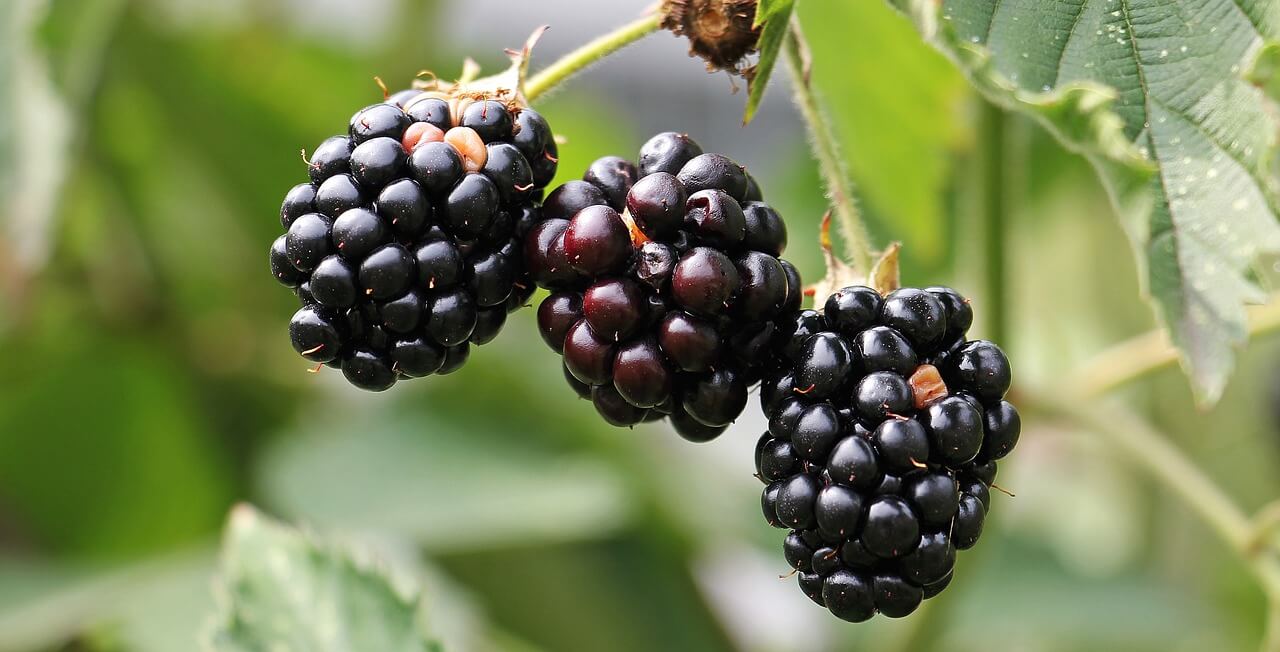When are Olallieberries in season?
Olallieberries are a unique type of fruit that many people may not be familiar with. They are a cross between a blackberry and a raspberry, and have a sweet yet tangy flavor that is reminiscent of both fruits.
Olallieberries have a relatively short growing season, typically lasting from late spring to early summer. According to Specialty Produce, this means that they are usually available from May to July. However, the exact timing of the season can vary depending on a number of factors, including weather conditions and the location of the farm.

Seasonality Overview
According to Specialty Produce, these berries are generally available for only 6 to 7 weeks each year. This means that you need to act fast if you want to enjoy their unique flavor.
The exact timing of the olallieberry season can vary depending on the weather and the location. For example, the Webb family, which owns and operates a stand in California, expects the olallieberry season to last until mid-July. However, this may not be the case for other areas.
Varieties and Availability
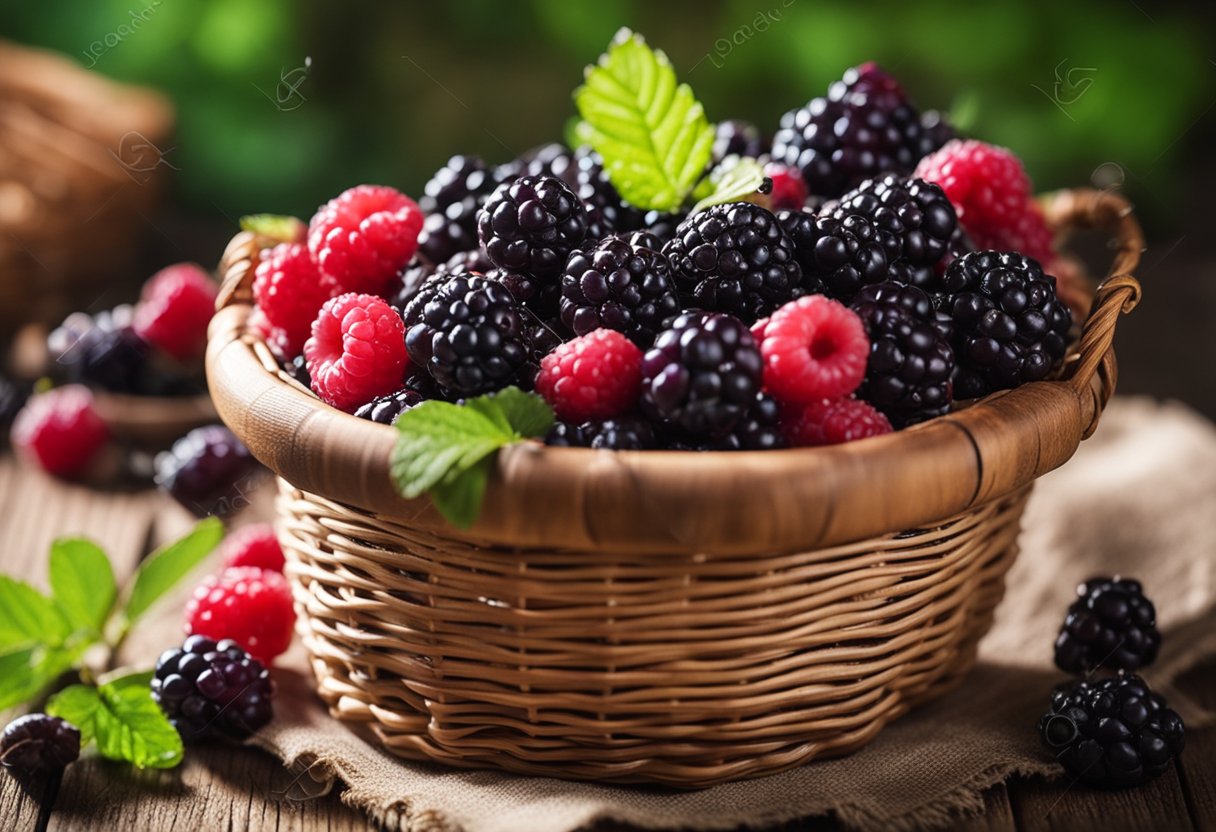
Olallieberries are a type of blackberry that are typically tarter than standard blackberry varieties. They are available for a short season in the late spring through early summer, usually from May to July. They are only consumed ripe and have a primarily tart taste with sweet, tangy, and fruity nuances reminiscent of blackberry jam, cassis, blackberries, and plums.
Olallieberries are not as widely grown as other berries and are primarily grown in California. Gizdich Ranch is one of the major growers of olallieberries in Santa Cruz County, California. The ranch has been growing olallieberries for over 25 years, making them a trusted source for this type of berry.
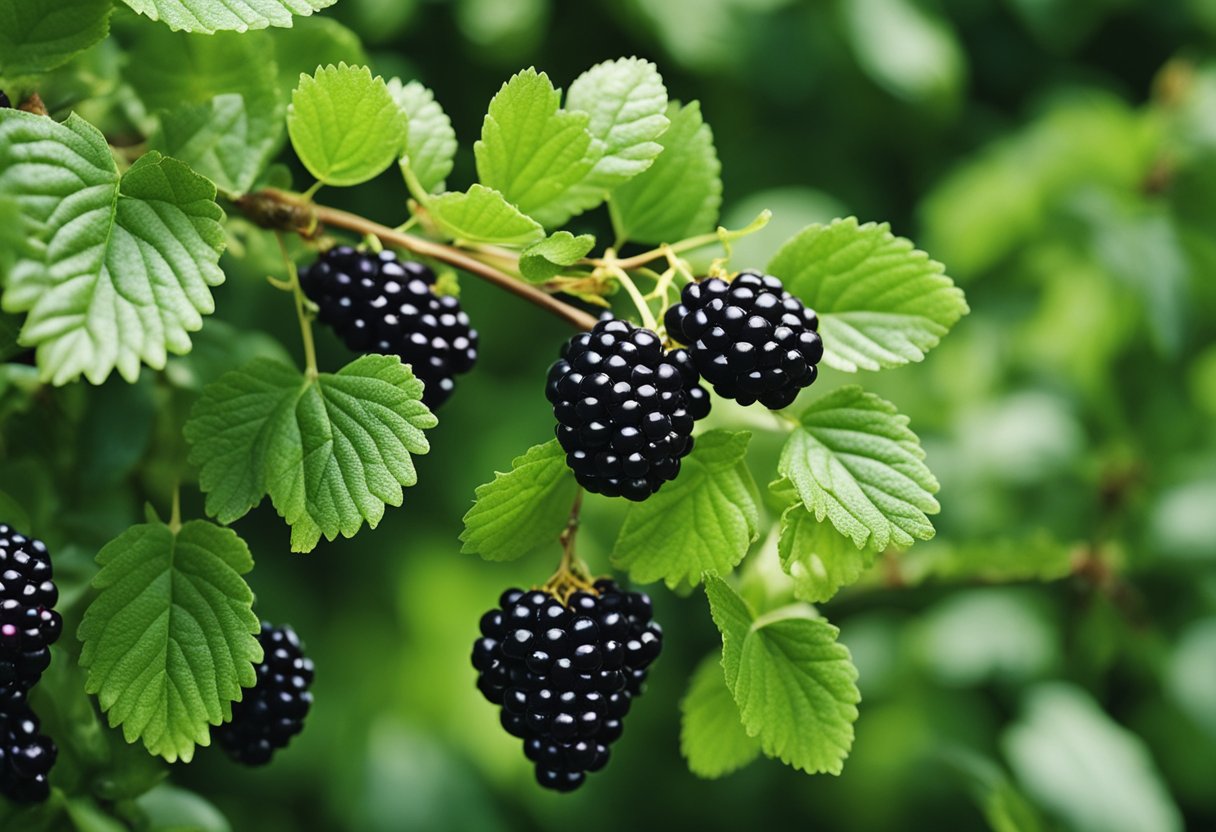
Seasonality in North America
Olallieberries Seasonality for The US States
The following table shows the general seasonality for olallieberries in each of the US states:
| State | Olallieberry Season |
|---|---|
| California | May to July |
| Oregon | June to July |
| Washington | June to July |
| Arizona | June to July |
| New Mexico | June to July |
| Texas | June to July |
| Louisiana | June to July |
| Oklahoma | June to July |
| Arkansas | June to July |
| Missouri | June to July |
| Illinois | June to July |
| Indiana | June to July |
| Kentucky | June to July |
| Tennessee | June to July |
| Mississippi | June to July |
| Alabama | June to July |
| Georgia | June to July |
| Florida | June to July |
| North Carolina | June to July |
| Virginia | June to July |
| Maryland | June to July |
| Delaware | June to July |
| New Jersey | June to July |
| New York | June to July |
| Connecticut | June to July |
| Rhode Island | June to July |
| Massachusetts | June to July |
| Vermont | June to July |
| New Hampshire | June to July |
| Maine | June to July |
Keep in mind that these dates are general guidelines and can vary depending on the weather and other factors. It’s always a good idea to check with local farmers or markets to find out the exact timing of the olallieberry season in your area.
Seasonality in South America
According to Zipmec, the harvesting season for Olallieberries in South America is from January to March. During this time, you can expect to find fresh and ripe Olallieberries in abundance.
It’s worth noting that the harvesting season can vary depending on the specific region and variety of Olallieberry. To get the most accurate information on the seasonality of Olallieberries in South America, you can refer to Tridge which provides current season data of Olallieberry including variety and region.
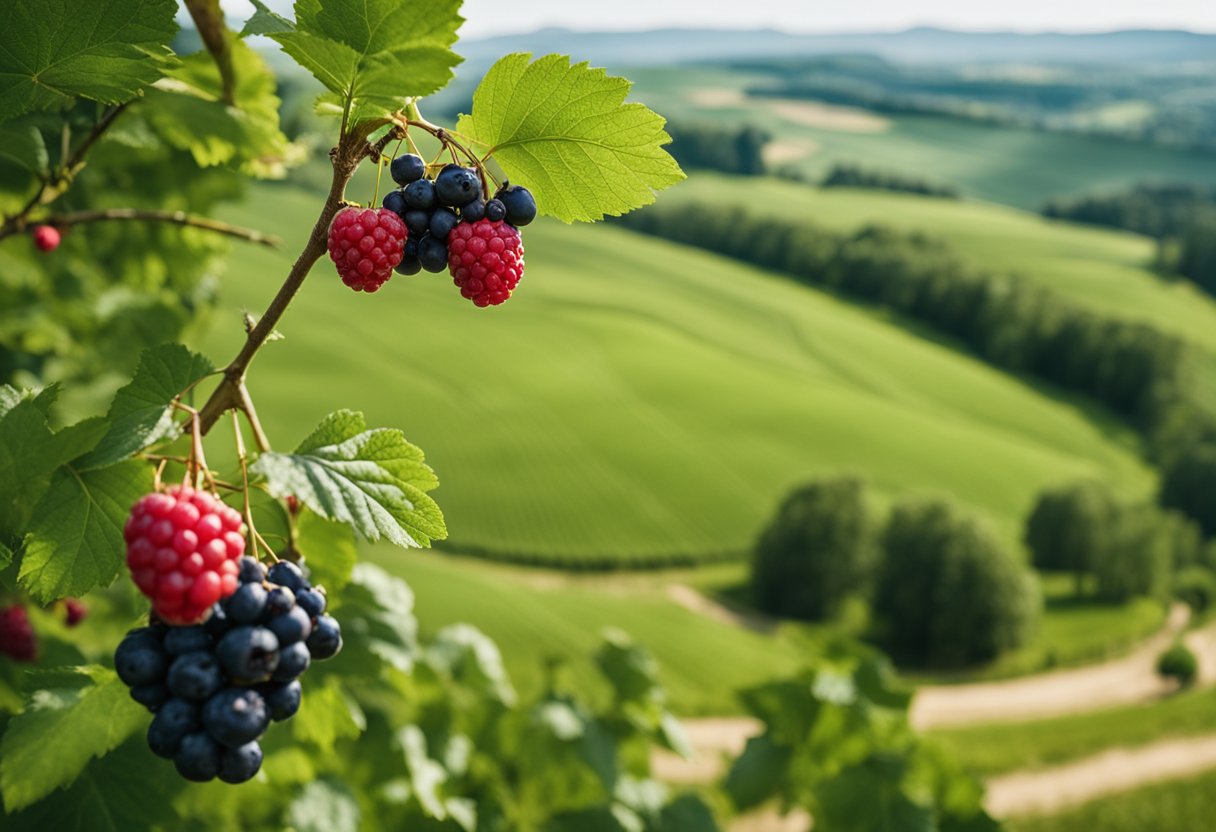
Seasonality in Europe
To learn more about the seasonality of fruits and vegetables in Europe, you can refer to the EUFIC map, which provides information on local and seasonal produce in various European countries. The map features over 200 seasonal fruits and vegetables from 24 countries across 6 climate regions.
According to the map, Belgium falls under the Continental climate region, which means that the country experiences four distinct seasons. During the summer months, you can find a variety of berries in season across Europe, including raspberries, strawberries, and blackberries.
Seasonality in Asia
Olallieberries are not commonly grown in Asia, so they are not typically in season there. However, other types of berries such as strawberries, blueberries, and raspberries have become more popular in recent years and are now widely available in many Asian countries.
In Japan, for example, strawberry season typically runs from January to May. The country is known for its high-quality, sweet strawberries, which are often given as gifts during the winter holiday season.
In South Korea, blueberry season typically runs from June to August. The country is one of the largest producers of blueberries in Asia, and the fruit has become increasingly popular in recent years due to its health benefits and versatility in cooking.
In China, raspberry season typically runs from May to September. The country is one of the largest producers of raspberries in the world, and the fruit is often used in traditional Chinese medicine to treat a variety of ailments.
Overall, while Olallieberries may not be in season in Asia, there are plenty of other delicious and nutritious berries to enjoy throughout the year.
Seasonality in Australia
Australia has a diverse range of climates, which means that different fruits and vegetables are in season at different times of the year across the country. When it comes to olallieberries, they are not native to Australia, so they are not grown commercially here. Therefore, they are not in season at any time of the year in Australia.
However, if you are interested in other fruits and vegetables that are in season in Australia, there are many resources available to help you find out what is currently available. For example, the Seasonal Food Guide provides information on the general seasonality of fresh produce in Australia, including fruits and vegetables. You can also check out the Australian Seasonal Fruit Chart, which provides a handy visual guide to the seasonal availability of different fruits.
Keep in mind that the availability of certain fruits and vegetables may vary depending on the region of Australia you are in. For example, tropical fruits like mangoes and pineapples are typically grown in Queensland and the Northern Territory, while cooler climate fruits like apples and pears are grown in southern states like Victoria and Tasmania.
If you are interested in picking your own fruits and vegetables, you can also check out the Harvest Calendar 2023 to see when different crops are harvested across the country. This can be a fun and rewarding way to experience the seasonal bounty of Australia while also supporting local farmers.
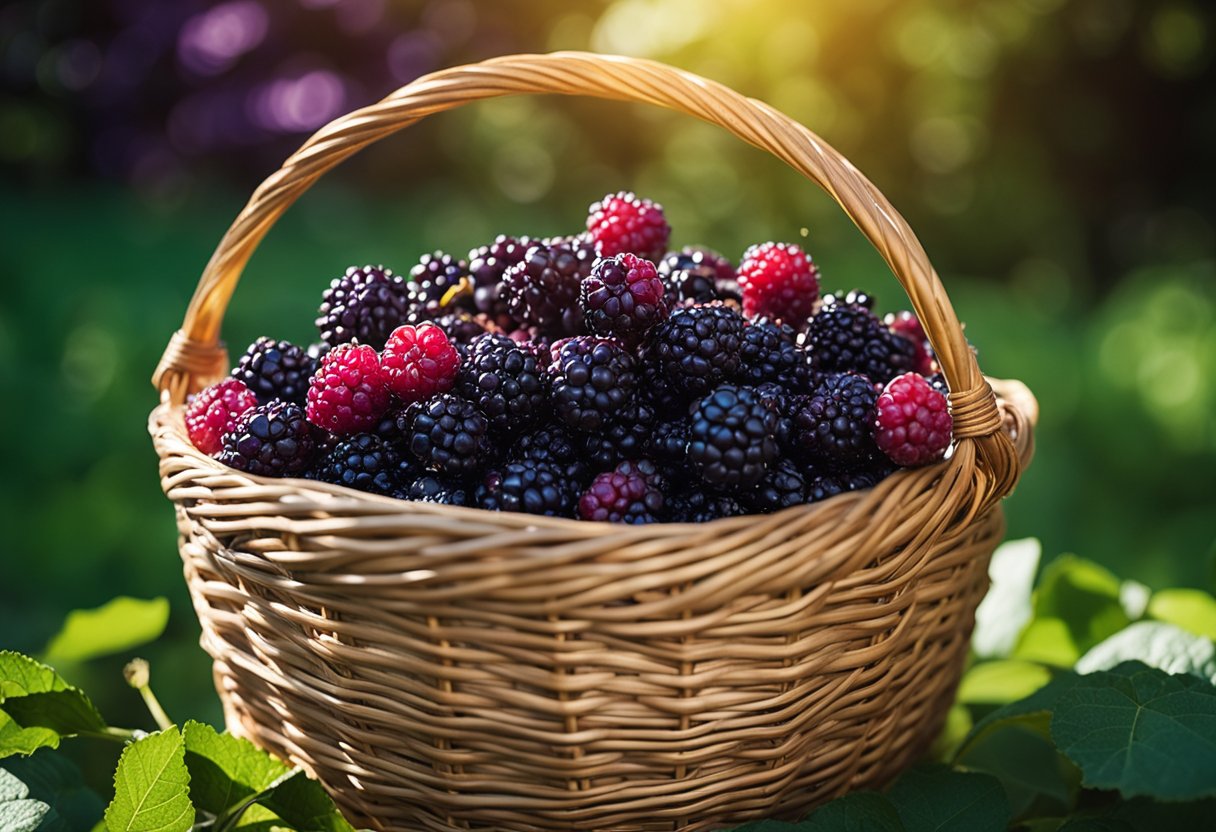
Health Benefits
Olallieberries are not only delicious, but they are also packed with nutrients that can benefit your health. Here are some of the health benefits of olallieberries:
Lower Blood Pressure: Olallieberries contain potassium, which can help lower blood pressure. High blood pressure is a risk factor for heart disease and stroke, so adding olallieberries to your diet can be a simple way to improve your heart health.
Healthy Bones: Olallieberries are a good source of vitamin K, which is important for bone health. Vitamin K helps your body absorb calcium, which is essential for strong bones.
Prevents Cancer: Olallieberries contain antioxidants, which can help prevent cancer. Antioxidants protect your cells from damage caused by free radicals, which can lead to cancer.
Healthy skin: Olallieberries are rich in vitamin C, which is essential for healthy skin. Vitamin C helps your body produce collagen, which keeps your skin looking young and healthy.
Healthier for eyes: Olallieberries contain vitamin A, which is important for eye health. Vitamin A helps prevent night blindness and other eye problems.
Anti-tumor Agent: Olallieberries contain ellagic acid, which has been shown to have anti-tumor properties. Ellagic acid can help prevent the growth of cancer cells and may even cause cancer cells to self-destruct.
Overall, adding olallieberries to your diet can be a simple and delicious way to improve your health.
